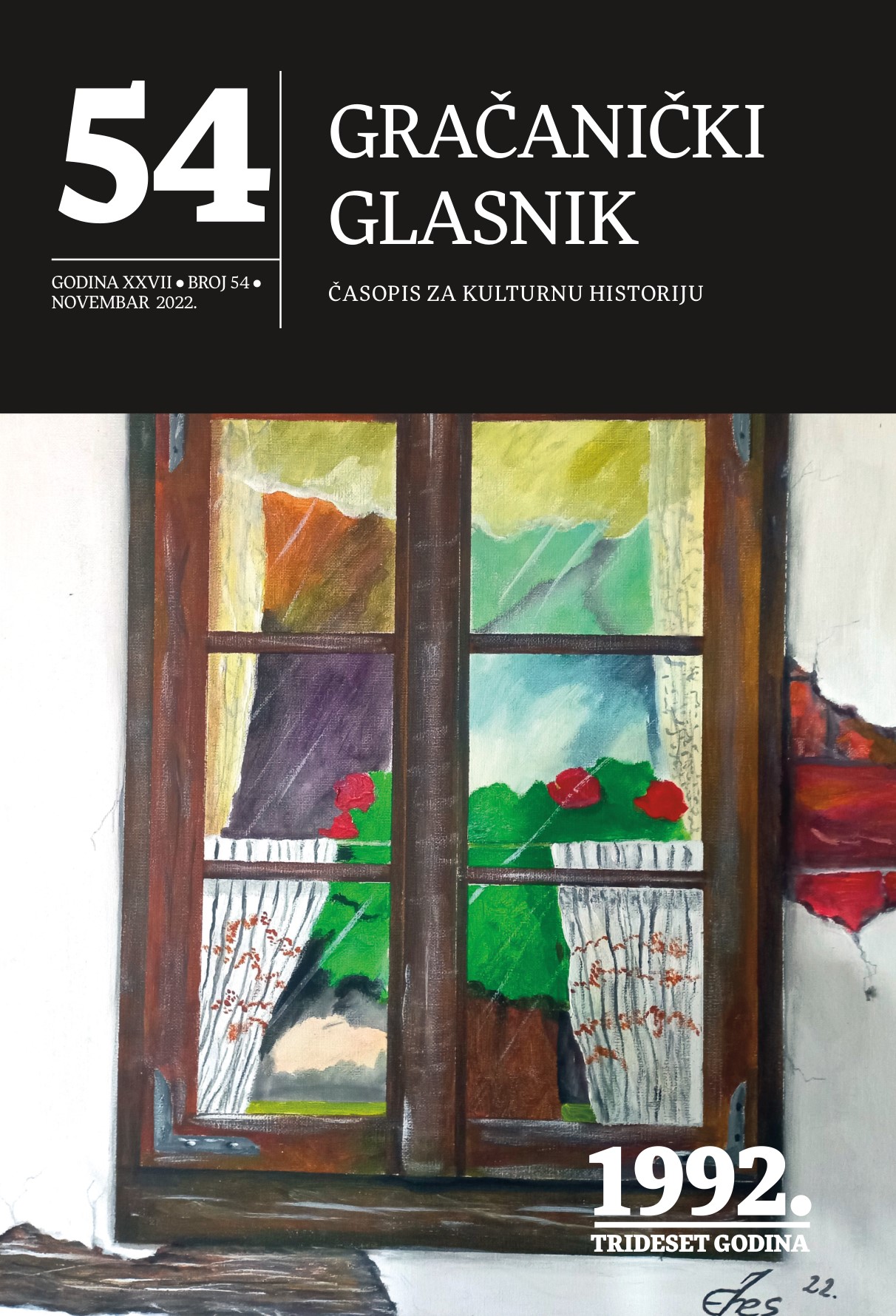Katoličko stanovništvo sela Babunovići i Seona u drugoj polovici XVIII. stoljeća
The catholic population of the villages of Babunovići and Seona in the second half of the 18th century
Author(s): Marko MatolićSubject(s): Christian Theology and Religion, Ethnohistory, Local History / Microhistory, 18th Century, Sociology of Religion
Published by: Izdavačka kuća »Monos« d.o.o
Keywords: Babunovics; Seona; Catholics; XVIII. century; church registers; migrations;
Summary/Abstract: Babunovići could be an old, medieval village which retained its autochthonous Christian population during the first years of the Turkish conquests. This population gradually converted to Islam, and it is also possible that some Vlachs were settled in Babunovići during the mid-16th century. The catholic population that is mentioned in Babunovići during the second half of the 18th century was most likely settled as cifci peasants during the 17th century – which is a more likely option – or a second possibility is that they retained a longer continuity, which is less likely. In any case, we can follow the number and fluctuations of the catholic population through church records, and the population had a tendency of natural increase from the mid-18th century. However, the great plague epidemic which broke out in 1783 first killed a few people in their prime years, while the rest of the population fled, most likely north towards the village of Blaževac. Therefore, the greater part of the catholic population left Babunovići in 1783, while the last catholic died in the village in 1791 and was buried in the local Stoglav cemetery. However Seona had a different develop ment. Vlachs were settled in Seona during the first half of the 16th century, and shortly thereafter the number of Muslims in the village rose as well. Seona was located on an important communications route, and may have even been the administrative center of the Nahija (sub-district). We cannot precisely determine when Catholics first appeared in the village, but it certainly was prior to 1732, when the famous Bosnian Franciscan Šimun Filipović was born in this village. Since Seona was far from the center of the parish, the priest baptized several children on the day he came to the village. The catholic population of Seona moved to the northern slope of the Majevica mountains range, closer to the parish, during the migrations which began in 1770 and definitely ended in 1782.
Journal: Gračanički glasnik - Časopis za kulturnu historiju
- Issue Year: 2022
- Issue No: 54
- Page Range: 43-54
- Page Count: 12
- Language: Bosnian

